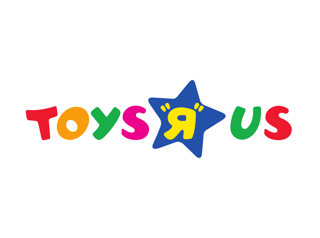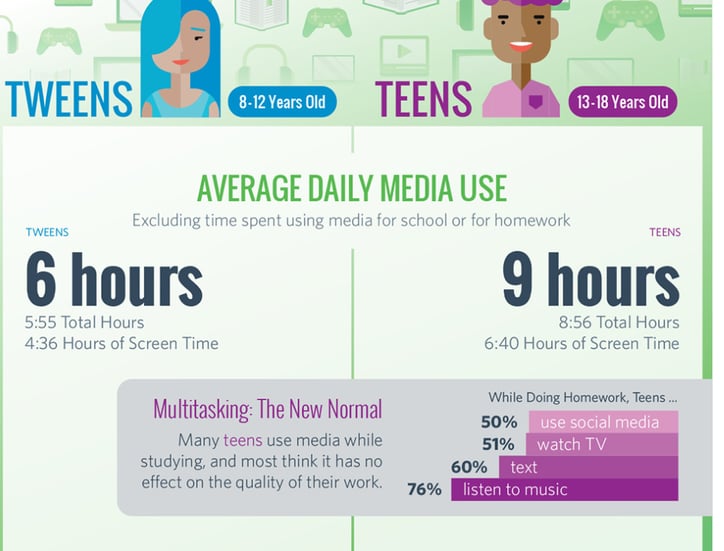A lesson in strategy
It’s easy (and in my humble opinion lazy) to jump to the conclusion that Toys ‘R Us was forced into  bankruptcy because they weren’t able to make the digital transformation or able to “keep up with Amazon”. While these are certainly two important factors, they are not the primary drivers of the recent announcement. Upon further review, there are several important Business Acumen lessons that can be applied to this situation and key learnings that can be applied back to other businesses and leaders trying to execute their strategies.
bankruptcy because they weren’t able to make the digital transformation or able to “keep up with Amazon”. While these are certainly two important factors, they are not the primary drivers of the recent announcement. Upon further review, there are several important Business Acumen lessons that can be applied to this situation and key learnings that can be applied back to other businesses and leaders trying to execute their strategies.
Toys ‘R Us: The Original Value Proposition
The beginning stores – called “Children’s Supermarket”- were started in the late 1940s as a small chain of local baby furniture stores. Over the next few decades, the owners evolved the strategy by trying new approaches that eventually landed on a pure toy store play in the early 1960s. By the early 1970s, through experimentation and focus, the owners had refined their value proposition and became a retail and Wall Street superstar by offering the largest variety of innovative, branded, and desirable toys in big, bright, clean, and fun shopping experiences. It was an adventure to go shopping for toys! This Product Leadership strategy clicked with customers and put other smaller regional retailers such as Lionel’s Kiddie City out of business because they didn’t have the scale, selection, or prices of the new shiny Toys ‘R Us.
for toys! This Product Leadership strategy clicked with customers and put other smaller regional retailers such as Lionel’s Kiddie City out of business because they didn’t have the scale, selection, or prices of the new shiny Toys ‘R Us.
Toys ‘R Us continued to grow through the ’80s and into the 90s delivering and further refining basically the same value proposition. Unfortunately, by the end of the 1990s – as the internet age was beginning - the strategy became stale. The ability to innovate and remain relevant started losing to the pricing strategy and Operational Excellence approach of Walmart which was able to have the same inventory of best-selling toys at significantly lower prices. A group of investors thinking there was unlocked value took the company private in the mid-2000 and as a result, the company took on a significant debt load as part of the transaction. The idea was that by taking it private and focusing on “Operational Excellence”, scalability, and removing wasted overhead, Toys ‘R Us could become relevant and profitable again. Unfortunately, the strategy never worked, and continued cost cuts led to a diminished value proposition and the inability to stay relevant. In other words, there was no clear value proposition and Toys ‘R Us was destined to be “stuck in the middle” with no clear strategy that customers could buy into.
Driving Factors
Brand Confusion
What had the brand of Toys ‘R Us become? As the value proposition to the customer became murkier and de-evolved into a pure cost-cutting strategy, the brand became confused. Was it able to compete with Walmart on price? Was it trying to become more customer-focused and smaller by competing with Small “mom and pop” stores on Customer Intimacy? Or was it looking to scale down the wide inventory and focus on higher-end more expensive products like an FAO Schwartz on Product Leadership? Customers delivered the answer loud and clear; it was none of them and the brand was totally confusing customers in terms of a simple value proposition.
At the same time, there was a degradation of the overall perception of the brand, the brand identity started to struggle as well. For some inexplicable reason, the brand identity including the central “mascot” also kept changing. “Geoffrey the Giraffe” changed his look every 10 years and this lack of consistency contributed to brand confusion as the 2009 version was completely new and unrecognizable as an asset.

Debt
The overwhelming financial debt also contributed to the demise of Toys ‘R Us. When a company takes on such significant debt (including the $6.6 billion dollars used to conduct the leveraged buyout to take it private) it significantly handicaps the execution of the strategy and forces the company to literally watch every penny. Forget about investments in the future!
It’s important to point out that a cost-cutting focus is different that an Operational Excellence strategy. The cost-cutting focus is all about just reducing costs while the Operational Excellence strategy creates innovative systems of business to lower costs. For example, Amazon’s innovative inventory management system helps Amazon lower costs; but there is still a significant required capital investment in the equipment and processes to implement the system that will then lower the costs.
Dirty and Run-Down Stores
As a result of the cost-cutting, things like maintenance, upkeep, and capital investment in upgrades and re-designs were also cut. As anyone in retail knows, that approach inevitably catches up with you within 10-20 years. In retail, it takes a longer time to see and experience it, but when the day comes and the smell of “old and decaying” permeates the air, there is no coming back (just ask Blockbuster about that one). Dirty, dark, and old stores are the kiss of death to any retailer but especially so for toy stores.
Bad parenting
My final point puts some accountability on parents. According to data from Common Sense Media, “Tweens”(8-12 year olds) are spending about 6 hours a day playing with digital media to engage in social networking and other forms of entertainment like movies, TV, and music. Parents have a responsibility in raising their kids and bikes, balls, action figures, skateboards, etc. are the building blocks to sound physical and mental health. Parents need to be accountable for this as the “modern family” structure doesn’t allow for human conversations, playtime, and the use of traditional toys and games that were once sold at Toys R’ Us.

In summary, no strategy lasts forever and all strategies evolve over time. As your strategy evolves, you need to make sure your value proposition is clear at all times and is flexible enough to dominate your market.




